Here's why Intel's Meteor Lake laptop chips are actually interesting for PC gamers
For a mobile chip, Meteor Lake has some exciting developments even for desktop gamers.
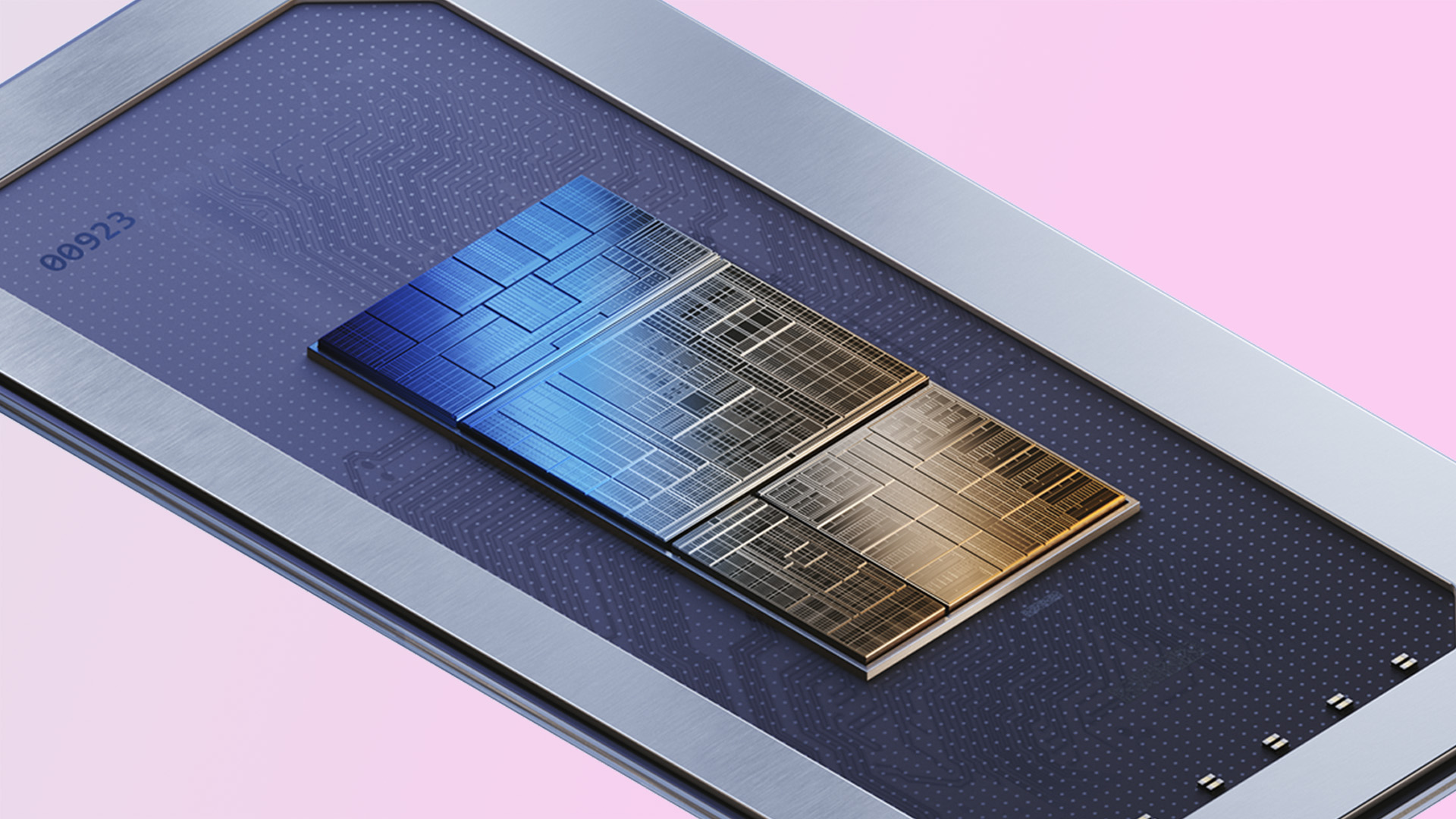
You're going to hear a lot about Meteor Lake in these next few days and weeks; these new chips are some of Intel's most exciting in a good while. I say that even despite their intended use as low power processors in ultra-thin laptops, not even gaming PCs. Some of the new features stuffed into these disaggregated chips could come in handy for the next-generation of gaming processor.
For starters, that very disaggregation that is central to Meteor Lake's design. The most noticeable change for Meteor Lake versus, say, a Raptor Lake chip (or really any of Intel's client processors since forever) is how its silicon is split-up into various components.
The four (sort of five) tiles which make up every Meteor Lake processor:
- Compute tile - Containing both P-cores (Redwood Cove) and E-cores (Crestmont). Manufactured on Intel 4 process node.
- SoC tile - Containing traditional uncore components, a new AI engine called an NPU, a media block, the memory controller, and the Low Power Island—more on this in a moment. Manufactured by TSMC.
- Graphics tile - Containing an Intel Xe-LPG GPU with 8 Xe-cores, ray tracing support, and many shared features with existing Xe-HPG graphics cards (Alchemist). Built on TSMC N5 process node.
- IO tile - Thunderbolt and PCIe Gen 5 connectivity. Manufactured by TSMC.
- Base tile/die/interposer - Intel doesn't always refer to this as one of Meteor Lake's tiles—it's an interposer—but it is absolutely key to holding this chip together.
Let's look at the Compute Tile in greater detail, and I'll start with the information least exciting for PC gamers. In terms of raw P-core performance, Redwood Cove doesn't offer much improvement on the instructions per clock (IPC) of existing Golden Cove cores found in today's 13th Gen processors. Intel does suggest there have been some improvements, however, including larger L2 caches, increased bandwidth per core, improved efficiency, and better utilisation via Thread Director, but I'm not expecting a major uplift in performance here.
The Compute tile has been built on the Intel 4 process node. Intel is talking up the new node's 2x high-performance library scaling, EUV lithography, more robust metal stack, improved transistor design, and many improvements designed to make sure this node goes off without a hitch. One thing that's important to note, for gamers anyways, is that the main focus for this initial Intel 4 tile has been efficiency.
I asked Bill Grimm, Intel VP of logic technology development, whether we could see some material impact on clock speeds from the step-up to the new process node, to which he responded "we are pursuing power efficiency as a priority." That doesn't rule out more performance-based tiles out on Intel 4, but for this mobile chip speed has certainly not been the focus.
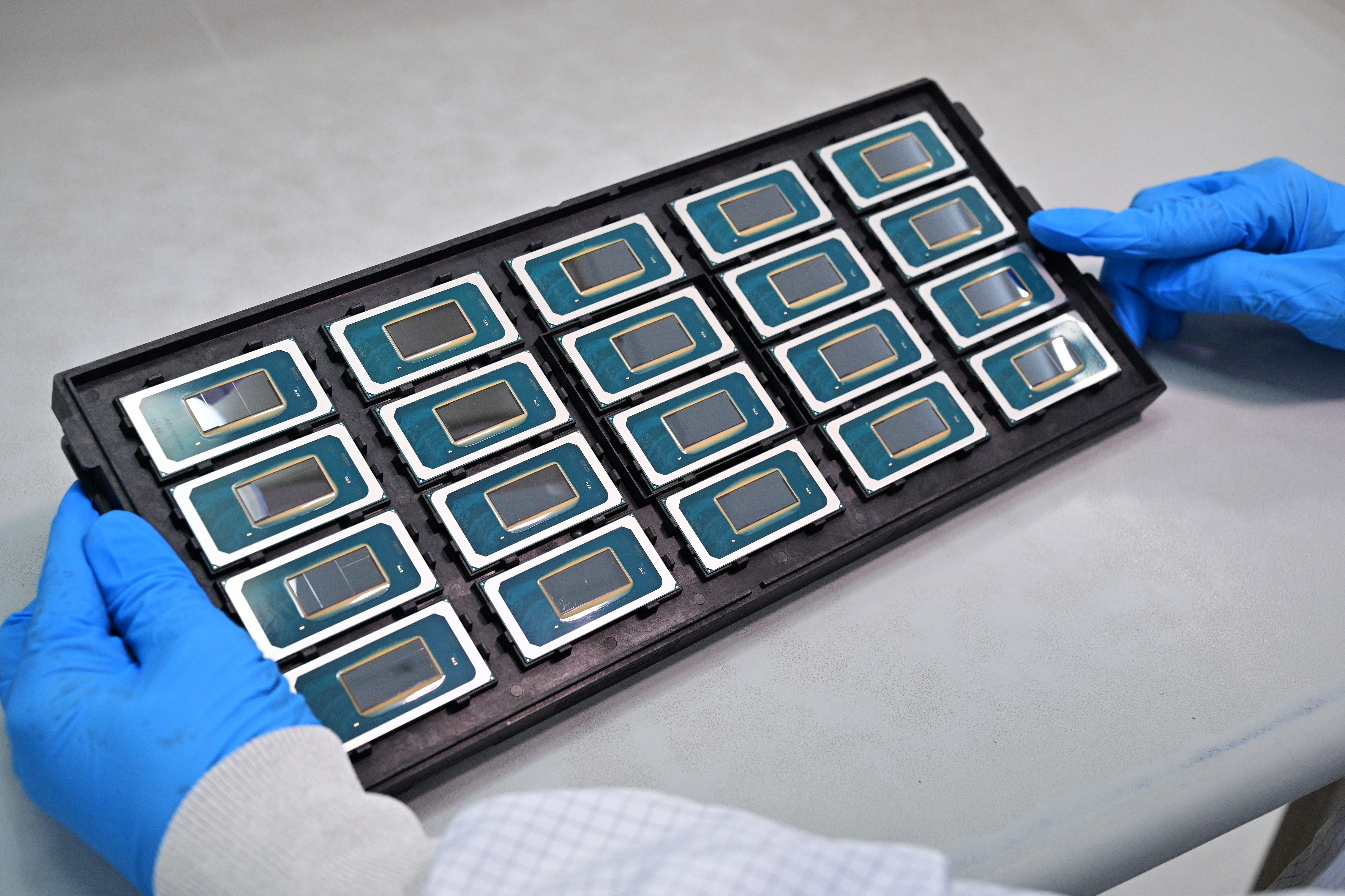
With the P-cores looking unlikely to stun gamers with their impressive performance, it may be the new E-cores, known as Crestmont, that are of interest instead. Intel says the E-cores have seen the biggest IPC improvement, though won't say exactly how much to expect. The company does say that enhanced branch prediction, feedback from Thread Director, and AI acceleration are all in the mix for these compact cores, which should mean more workloads stick around on these low-power cores for longer.
Keep up to date with the most important stories and the best deals, as picked by the PC Gamer team.
One of the more fascinating parts of Meteor Lake is actually where Intel is placing these new E-cores—two show up within the new Low Power Island on the SoC tile.
So, let's talk about that Low Power Island. It's a simple idea but one that could prove a very practical solution for power-thirsty laptops. It's a block containing everything a chip might need for a light workload: two low-power E-cores, memory subsystem, power controller (PUNIT), IPU, media engine, display engine, and AI acceleration block. All connected up via the Scalable Fabric. Since this Low Power Island can run independently of the Compute tile, it can be switched off entirely if not required, thus, in theory, saving plenty of power. Again, Intel won't say how much, or give any idea of battery life.

While you won't get any gaming done with the low-power E-cores, I think the idea of a Low Power Island could come in handy for extending laptop battery life, even for gamers. I'm just hoping it reduces power consumption as much as it's made out to once it's loaded into an actual laptop.
While Intel skimped on the actual processor details, from recent leaks and rumours we can fairly safely assume the top Meteor Lake chip will be a 6+8(+2) chip. To put it plainly, that's six P-cores, eight E-cores (Compute tile) and 2 E-cores (SoC tile) expected on the top Meteor Lake chip.
The key to stringing all those cores together are two fabrics—connections that run between both tile and individual blocks within those tiles—called the NOC (network-on-a-chip) and IO Fabric.
"This network-on-a-chip fabric is there to meet both our demands for high performance devices and also provide efficient access to memory for those low power SoC cores," Mikal Hunsaker, Intel fellow, says.
"Our solution for improved IO efficiency was to take our graphics block and media block and take them off the ring. We put graphics onto a tile and it's attached to the NOC. We took media out of graphics, we put it in on the NOC. And our other devices that were on our IO fabric that are now on the NOC include imaging, display and our newly introduced NPU."
The NOC connects up to the Compute tile and Graphics tile, though it doesn't need them powered on to work. With those low-power E-cores on the SoC tile and for shifting away media, display, and imaging from the Graphics tile, Intel can nearly run the SoC tile as a functioning CPU all on its own.
Meanwhile the IO Fabric includes blocks such as Wi-Fi and Bluetooth, Security, Ethernet, Audio, PCIe, SATA, USB, and is responsible for hooking into the IO tile.

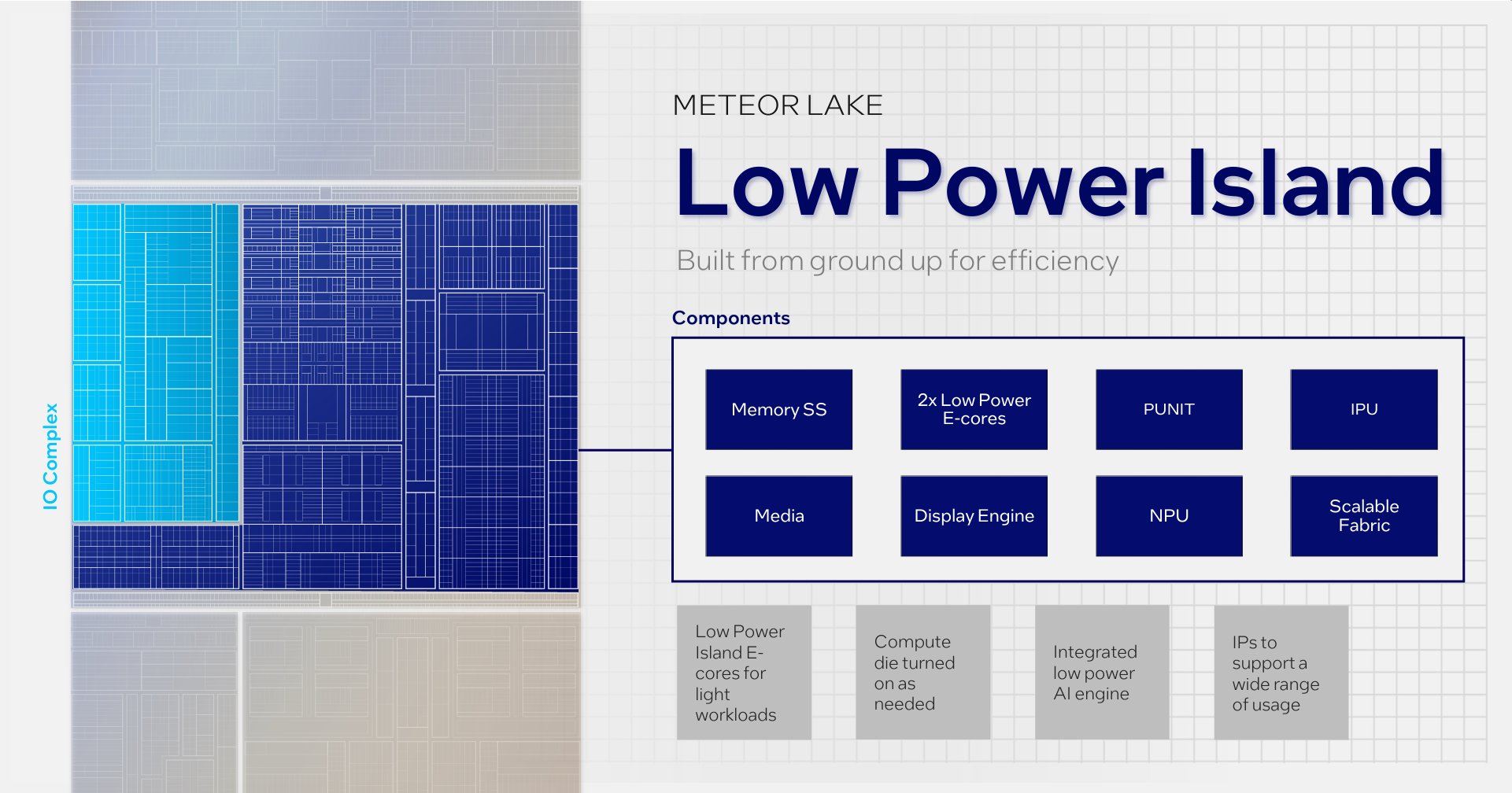
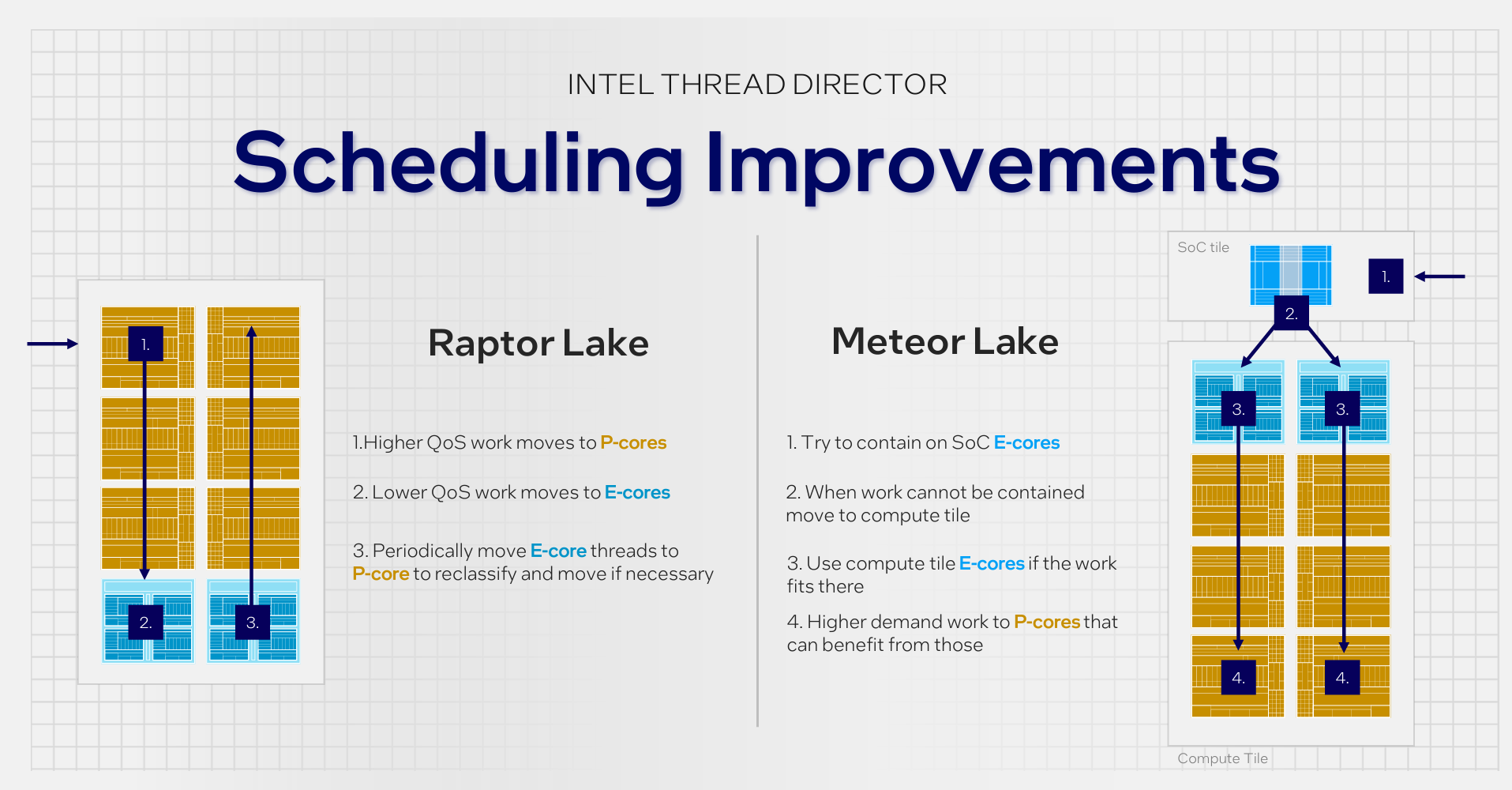
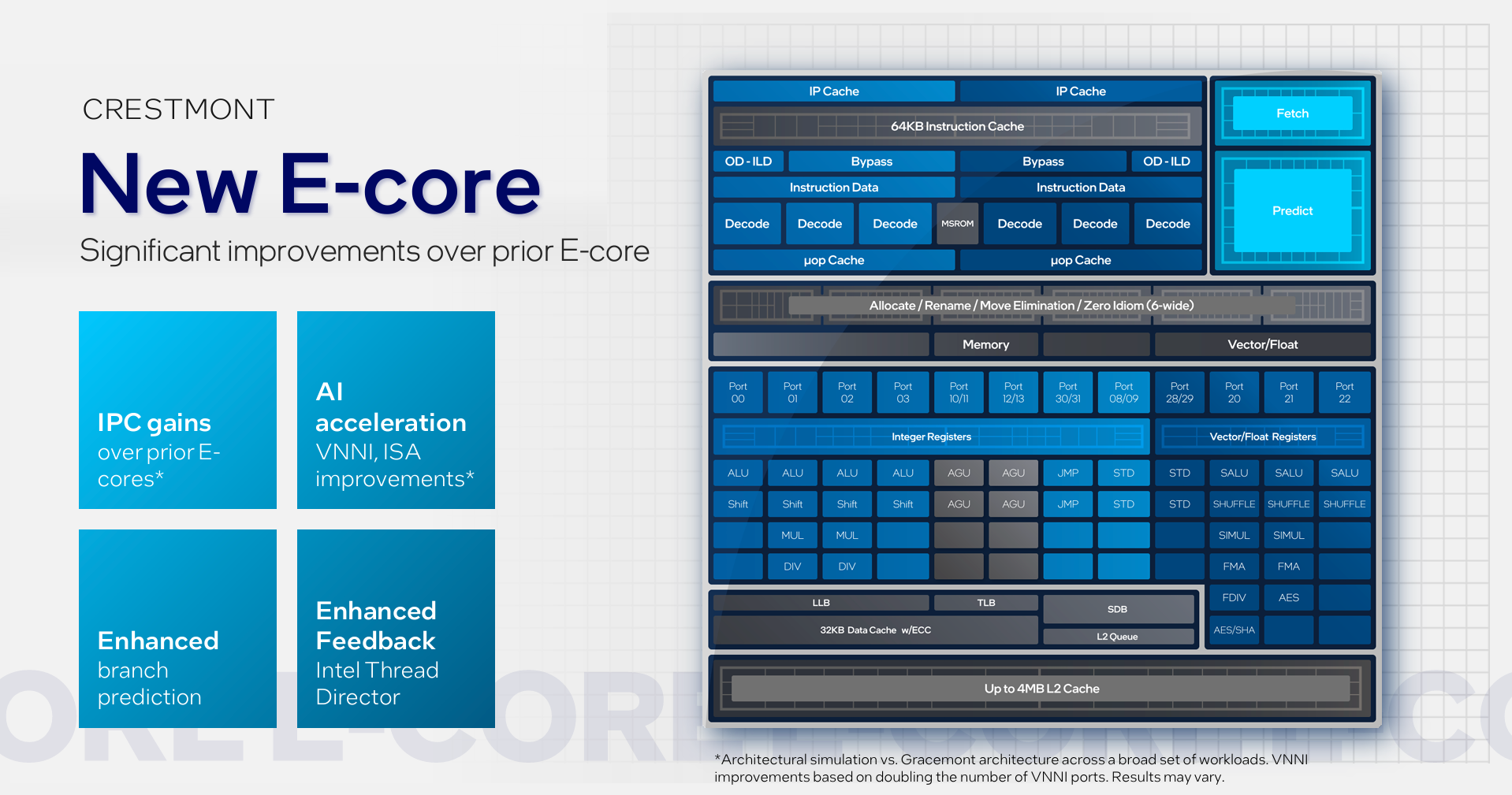
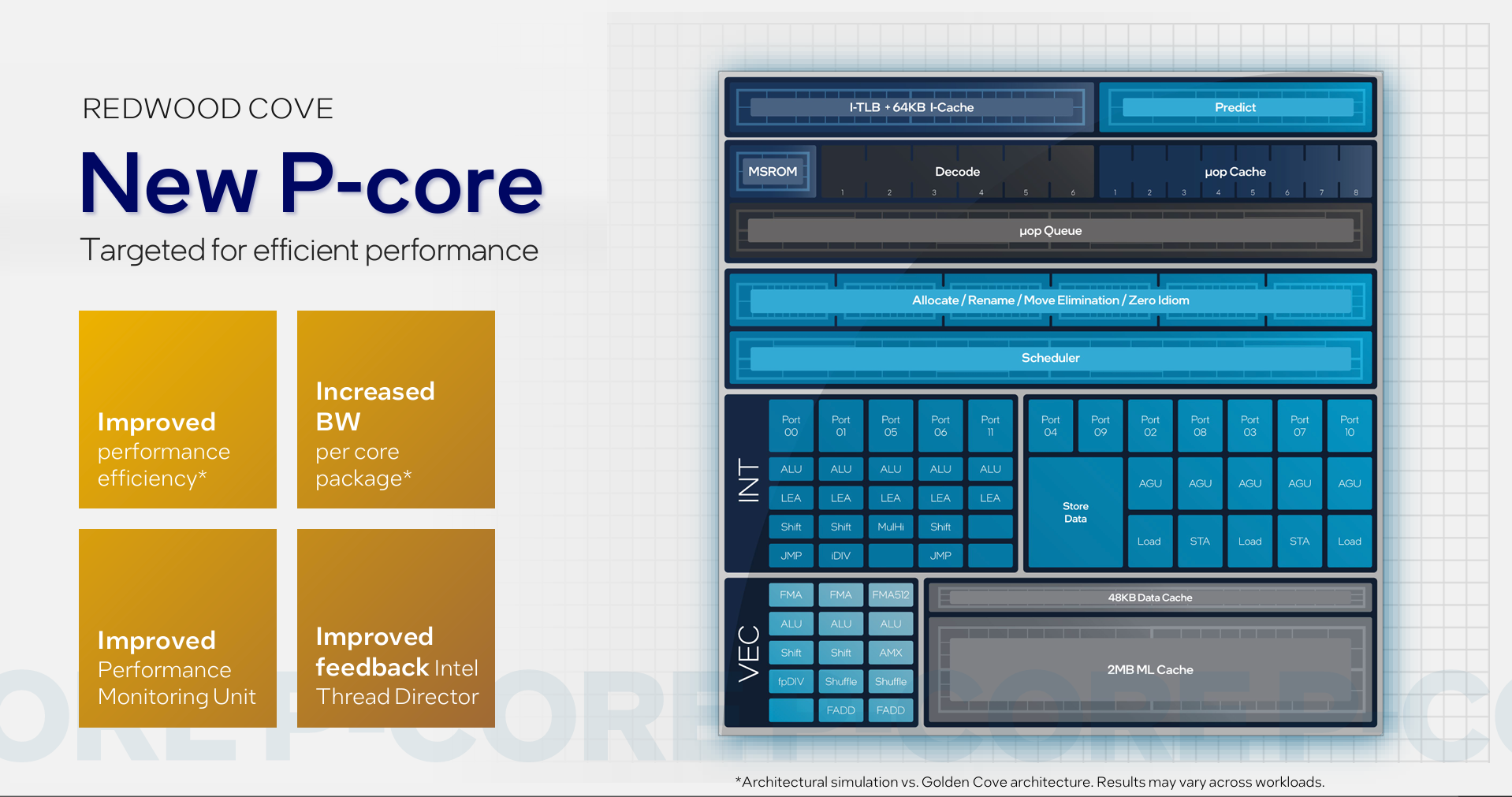
Thread Director is also key to keeping Meteor Lake ticking. The core utilisation tech first introduced with Alder Lake and in today's Raptor Lake desktop processors, it's what Intel calls a "hinting mechanism" for Windows, as it's the OS that actually makes all the calls on what threads go to which cores. Intel has improved Thread Director with Meteor Lake to better allocated work between all three core types (P-cores, E-cores, LP E-cores).
Intel gave this simplified idea of how Thread Director has changed.
- Meteor Lake: try to contain threads on SoC E-cores -> move to Compute E-cores if cannot by contained -> move to Compute P-cores if thread can benefit
- Raptor Lake: higher QoS threads goes to P-cores -> Lower QoS threads to E-cores -> periodically move E-core threads to P-cores and reclassify
Core configurations out of the way, a more direct benefit to gamers with these new Meteor Lake chips is the new Xe Graphics tile. Built on the Xe-LPG architecture, and technically a brand new for these mobile chips, Intel's graphics guru Tom Petersen describes it as more like the Xe-HPG architecture found in Intel's gaming graphics cards but with power-savvy design features from Xe-LP.
Long story short, it's more or less the architecture we know for gaming already. That means the driver packages for both discrete and integrated graphics can be very similar, if not the same.
Petersen tells me that means all the work Intel's put in to overhauling its Arc driver package for gaming will also copy over to Meteor Lake's iGPU, including on newer APIs and older ones, such as DX9. Though Petersen does admit these drivers will likely release on different schedules—Meteor Lake probably won't get day-zero or day-one game support.
For us gamers, the iGPU on a low-power mobile part is only so exciting, especially this one at only eight Xe-cores. I tried Meteor Lake out in Dying Light 2 at a recent event, and there is something to be said for its performance versus previous iGPUs. Nevertheless, this sort of integrated chip paves the way to bigger, better iGPUs on future processors.
"We can use different processes on different size chiplets across the product stack…. If you think about it, and I'm not talking about SKUs, but you can imagine different variations of GPUs and different variations of CPU complexes that would address different segments," Petersen tells me.
Now, that's a tempting idea: a gaming specific mobile chip with a budget or mid-range GPU stuffed on top. That's sort of budget GPU replacement is what Intel is trying to chase on integrated, too, Petersen says.
"As we integrate, and as we get faster and faster, you disrupt the low end of the discrete market. And that's that's absolutely intentional."
How you make sure any large iGPU has access to plenty of speedy memory, that's another challenge, but there seems to be scope for all kinds of configurations thanks to disaggregation.
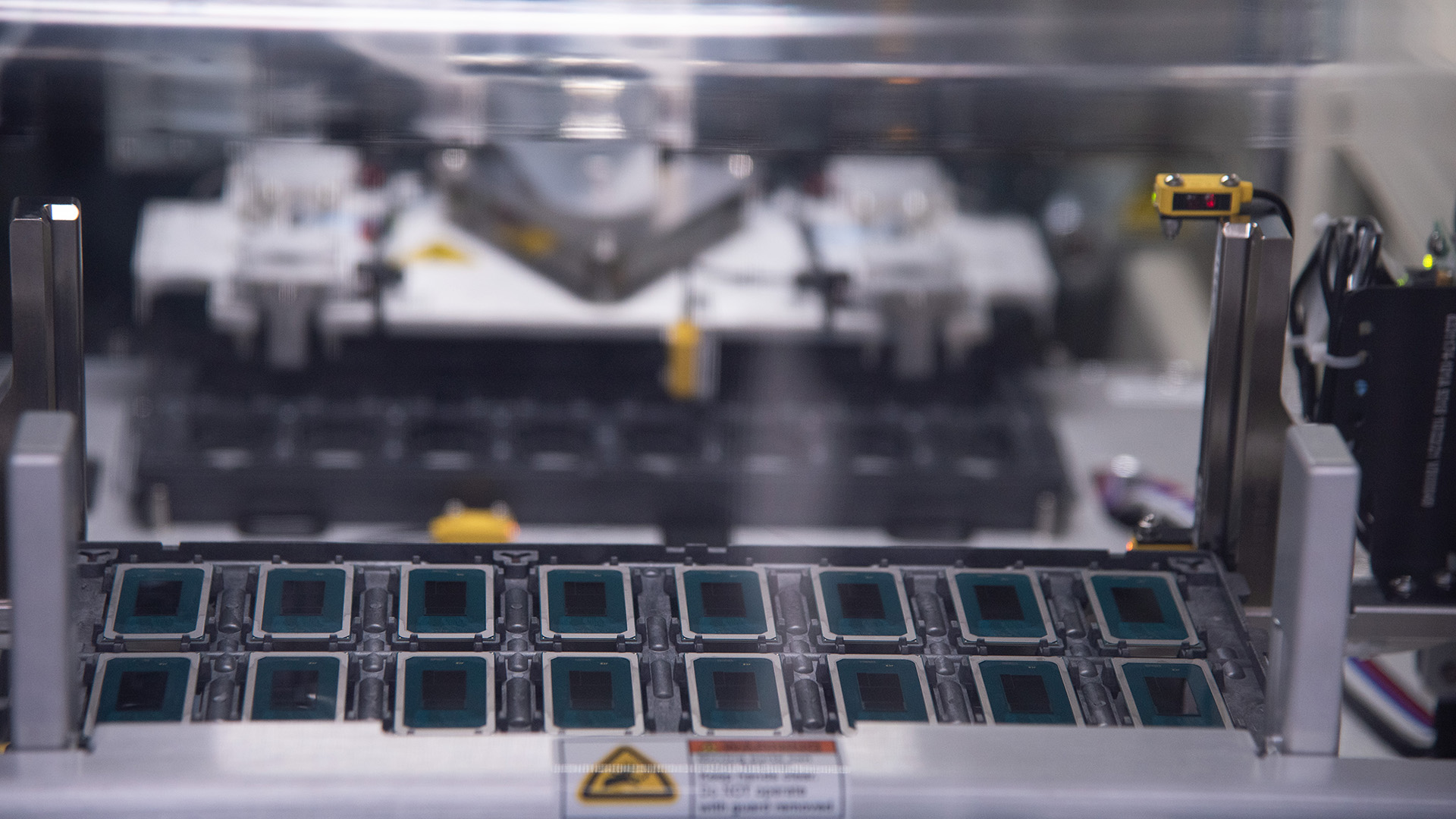
Disaggregation in Meteor Lake is made possible with Foveros, Intel's 3D chip packaging technology. If you aren't familiar already, I've published a Foveros explainer video on the PC Gamer TikTok all about it to give you an idea of how it works.
"I think it's our most advanced package that we've ever put out in Intel's history. I think it's probably, arguably, one of the most complex that the industry has ever seen as well," Patrick Stover, director of Foveros Technology Development Programs, says.
The key thing to note is there's something called a base wafer on Meteor Lake that completes the package. This is known as the base tile/die—so when Intel says there's just four tiles, it's sort of actually five. The reason it's maybe not always mentioned is that it's not stuffed with complex logic; the base tile is the glue that holds the other chips together, and features the all-important through silicon vias, or TSVs, to deliver power to the rest of the chip from the package.

Best CPU for gaming: The top chips from Intel and AMD.
Best gaming motherboard: The right boards.
Best graphics card: Your perfect pixel-pusher awaits.
Best SSD for gaming: Get into the game ahead of the rest.
What's good to know about this base die is that its configurable size and layout is what makes Foveros interesting for gaming processors. In theory, it can house whatever sort of size tile atop of it, within reason, that Intel wishes to produce or buy from an external foundry.
Though Foveros comes with its own challenges, including a more limited perimeter available to breakout to external IO connections and added latency between tiles. Yet "from an SOC architect point of view," Stover says, "the benefits of Foveros far, far, far outweigh the challenges."
We will likely see this sort of stacked chip come in handy for pushing the boat out in terms of gaming CPU performance and features. More cores and more cache can all be accommodated for depending on what's required. Cache will be something to look out for with future gaming CPUs, as while Meteor Lake pushes the needle forward a little, according to Intel, there's scope to match AMD's 3D V-Cache chips in terms of gaming performance with future Foveros processors.
So while you're unlikely to buy a Meteor Lake laptop specifically for gaming—even Petersen admits many Intel-powered laptops will still have an Nvidia GPU thrown in there, too—at least there's a lot here that's promising for the future of Intel's gaming processors and iGPUs.

Jacob earned his first byline writing for his own tech blog. From there, he graduated to professionally breaking things as hardware writer at PCGamesN, and would go on to run the team as hardware editor. He joined PC Gamer's top staff as senior hardware editor before becoming managing editor of the hardware team, and you'll now find him reporting on the latest developments in the technology and gaming industries and testing the newest PC components.

